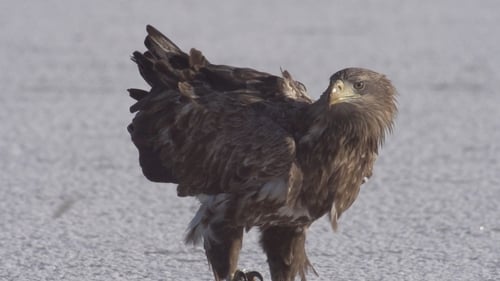
Producer
The Puszta is a seemingly less diverse part of the Hungarian Alföld, but it actually is teeming with natural wonders. The treeless plain was developed from a forested plain, and it's one of the last in the Carpathian Basin. Some of its plant and animal species are considered European rarities.

Cinematography
The Puszta is a seemingly less diverse part of the Hungarian Alföld, but it actually is teeming with natural wonders. The treeless plain was developed from a forested plain, and it's one of the last in the Carpathian Basin. Some of its plant and animal species are considered European rarities.

Writer
The Puszta is a seemingly less diverse part of the Hungarian Alföld, but it actually is teeming with natural wonders. The treeless plain was developed from a forested plain, and it's one of the last in the Carpathian Basin. Some of its plant and animal species are considered European rarities.

Cinematography
Entre el Tisza y el Danubio se encuentra la Gran Llanura húngara. Al drenar los pantanos y reconducir los ríos se produjo un enorme cambio. Casi todo el curso del río Danubio fue reconducido, pero se respetó la forma de algunos meandros que aún mantienen su trazado.

Cinematography
We're at Hungary's western gateway. The landscape is ruled by the representatives of economy: motorways, cities, industrial parks, wind farms, as well as the hydroelectric power plant commissioned exactly 20 years ago. But something hides among them. A giant alluvial fan with small, island-like villages, forests, wetland fields, reed beds, all of which are encircled by countless small and big watercourses and prongs. This inland delta is unique in Europe, and was created by the Danube coming out of the mountains. But today the river is not as free to move as once. Seeing the grip of the built environment, the question arises: Can the wildlife retain its former richness and beauty?




